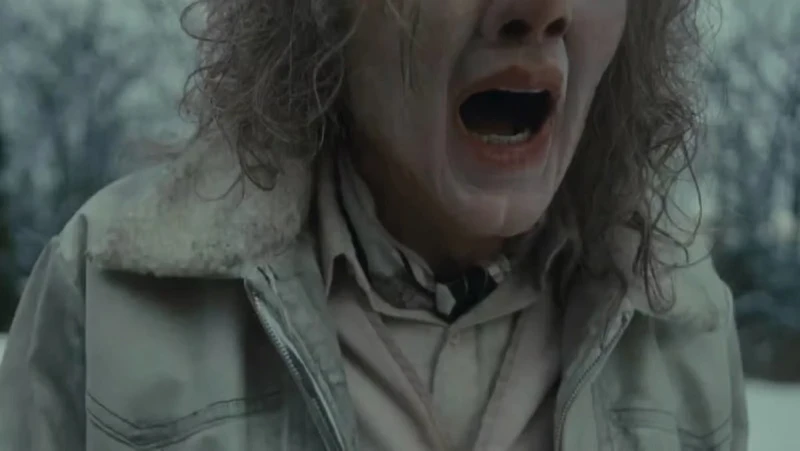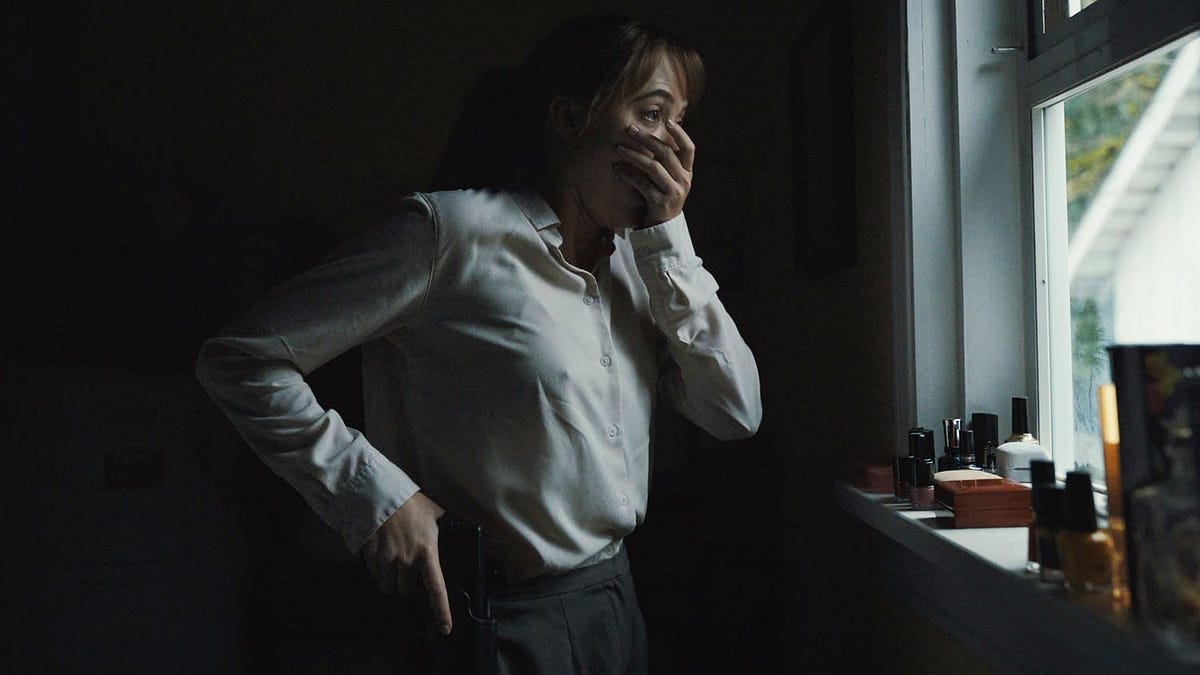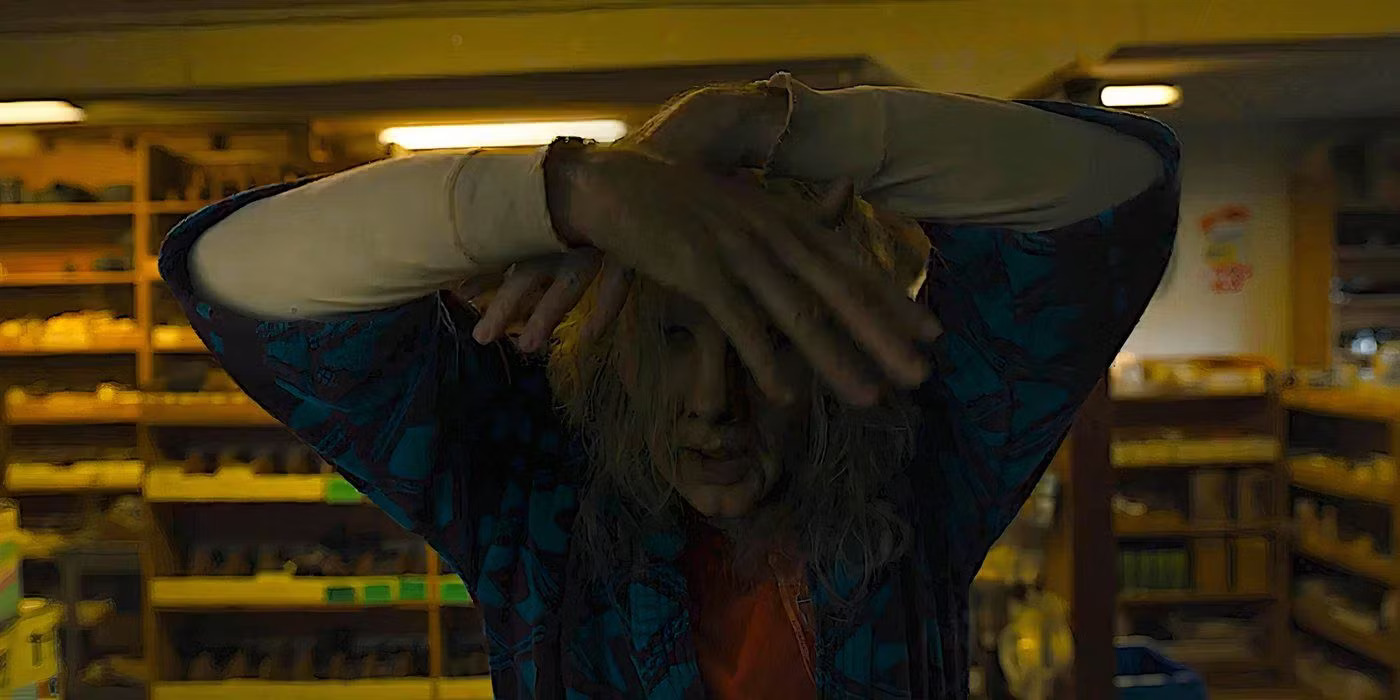Osgood Perkins’ horror thriller Longlegs has captivated audiences, generating buzz after a successful opening weekend. The film, which made over $20 million in the U.S., has established itself as a major horror hit. Perkins, known for his work on Legally Blonde, both wrote and directed this eerie and unsettling story, solidifying his place in the horror genre. With packed theaters and enthusiastic discussions surrounding the movie, Longlegs has proven to be a must-watch for horror fans.
The story follows FBI agent Lee Harker, a talented investigator assigned to an unsolved case involving a mysterious serial killer known as Longlegs. The killer targets families with daughters born on the 14th, leaving behind cryptic, Satanic-coded messages. As Lee delves deeper, she discovers eerie connections between the case and her own childhood. It turns out Longlegs visited her when she was young but mysteriously spared her life.
As she continues investigating, she realizes that Longlegs is not working alone—he has an accomplice. Eventually, Lee and the FBI manage to capture him, but during an intense interrogation, he kills himself. This shocking twist only deepens the mystery, as Lee follows new leads that bring her closer to the disturbing truth hidden within her own home.

A Sinister Legacy Unfolds as Lee Confronts Evil Within Her Family
Lee’s investigation takes a horrifying turn when she uncovers that her own mother was Longlegs’ accomplice. Her mother had been aiding him in his gruesome killings by delivering Satanic dolls that manipulated victims into murdering their families. This sinister pact was made in exchange for sparing Lee’s life when she was a child. Lee’s mother knocks her out with one of these cursed dolls before heading to another target—a colleague’s family whose child’s birthday falls on the 14th.
In a desperate bid to stop her mother, Lee rushes to the house, only to find that the doll has already taken effect. The possessed father murders his wife, leaving Lee with a terrifying choice. She ultimately shoots both her mother and her boss, but when she runs out of bullets, she is left defenseless against the power of the doll, leading to a chilling and uncertain conclusion.
The film’s ending is deliberately left open-ended, adding to its unsettling impact. Lee, having just killed her mother, finds herself staring at the cursed doll while holding the hand of the surviving child. With no bullets left, the question lingers: will she succumb to the doll’s influence, or can she resist its malevolent power? The film suggests that the cycle of evil may not be truly broken, leaving audiences in suspense.
This ambiguity fuels discussion, as viewers are left to interpret whether Lee’s trauma and connection to Longlegs will ultimately define her fate. The film’s conclusion is as chilling as its premise, making it a topic of debate among horror enthusiasts.

The Inescapable Shadows of Trauma and a Psychological Descent into Darkness
At its core, Longlegs is a psychological exploration of trauma and its lingering effects. Lee’s childhood encounter with Longlegs left her with suppressed memories that resurface as the case unfolds. The film poses questions about whether one can ever truly escape past horrors or if they inevitably shape the future.
Additionally, the role of Lee’s mother is one of tragic complexity. She committed unspeakable acts in an effort to protect her daughter, raising the question of whether her actions were ultimately out of love or a twisted surrender to evil. The film forces viewers to consider whether good and evil are truly distinct or if they can become intertwined in desperate circumstances.
One of the film’s most intriguing aspects is its portrayal of good and evil. Throughout Longlegs, acts of kindness or heroism are scarce, while darkness and malevolence seem to dominate. This suggests a thematic perspective where evil is tangible and omnipresent, whereas goodness is fleeting and almost ethereal.
By presenting a world where darkness appears inescapable, the film leaves audiences pondering deeper philosophical questions. Is evil an unstoppable force? Can it ever truly be defeated? Longlegs doesn’t offer easy answers, but instead provides a deeply unsettling experience that lingers long after the credits roll.



